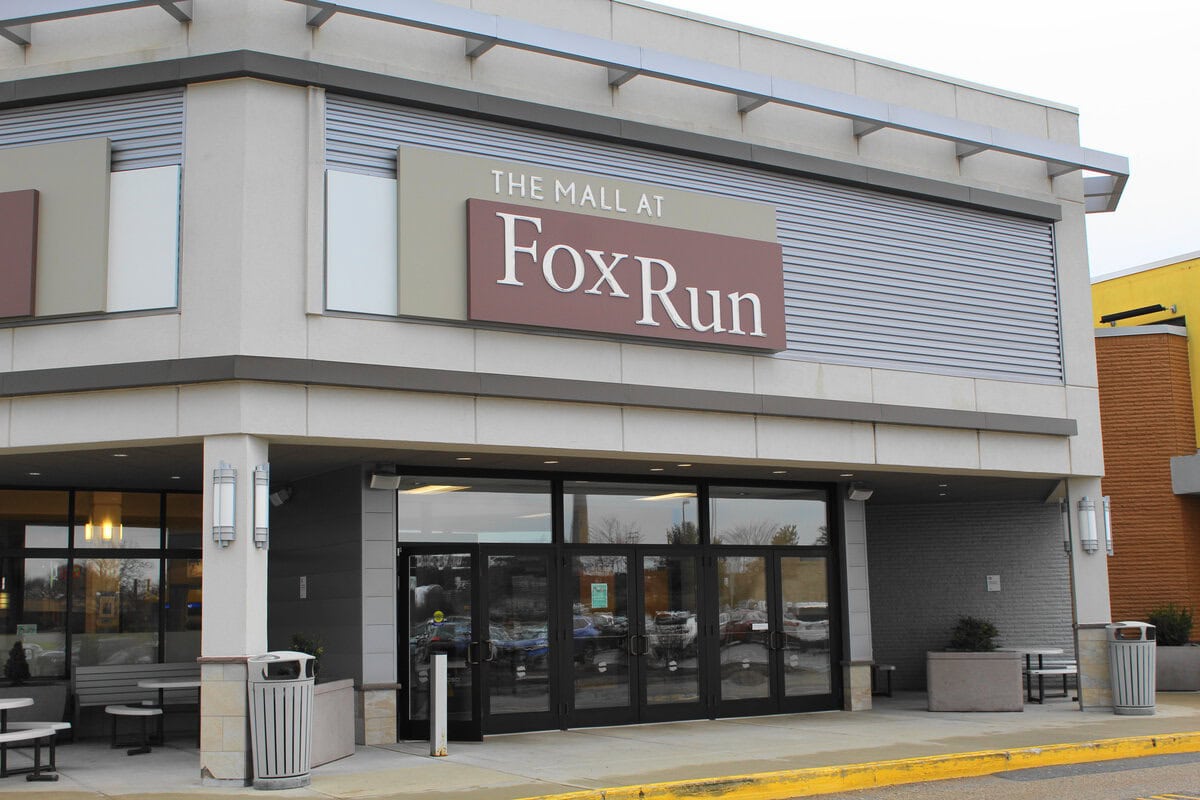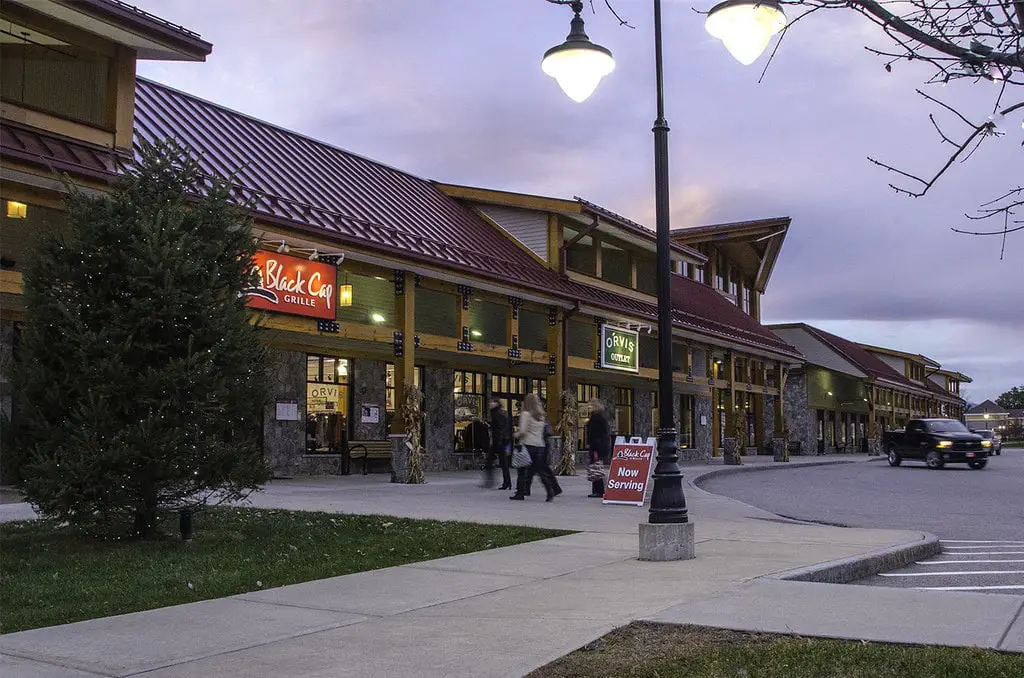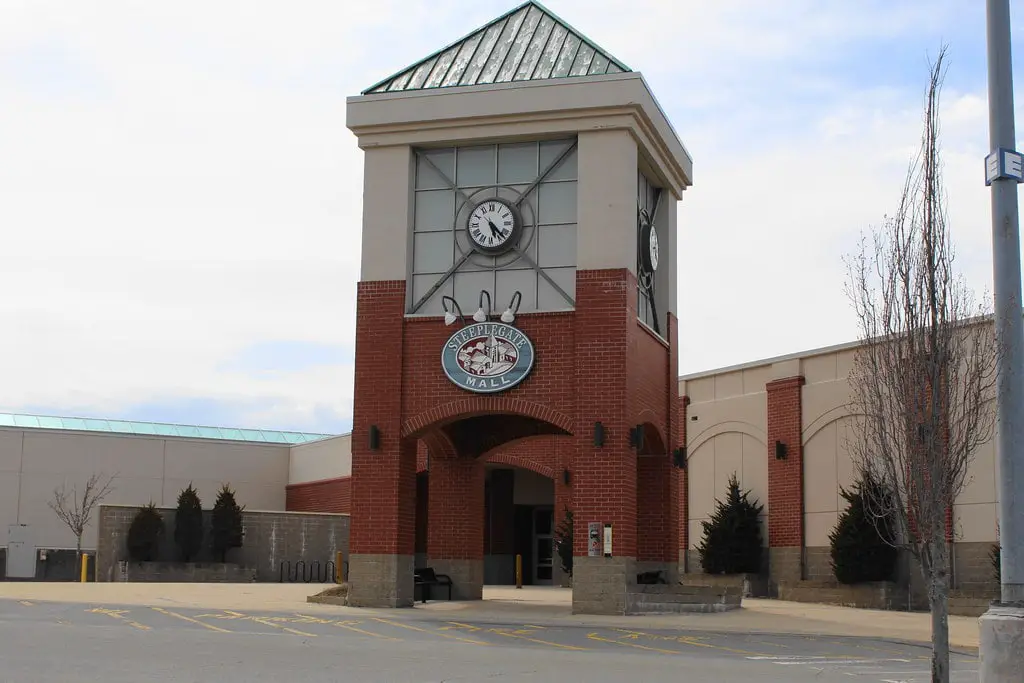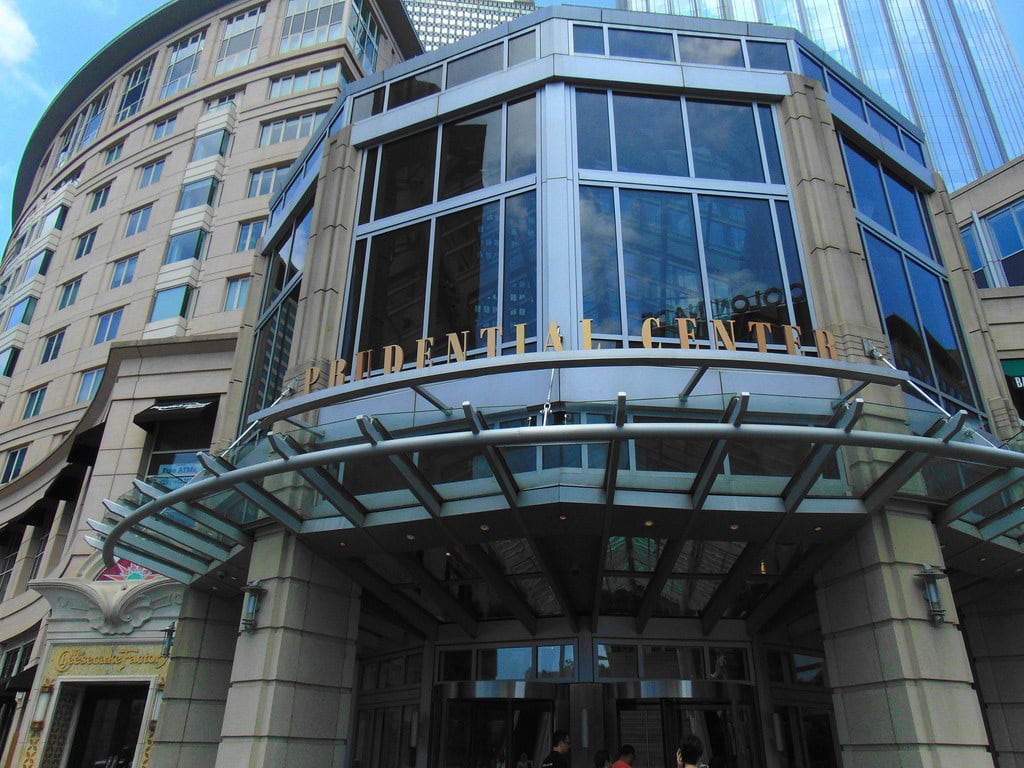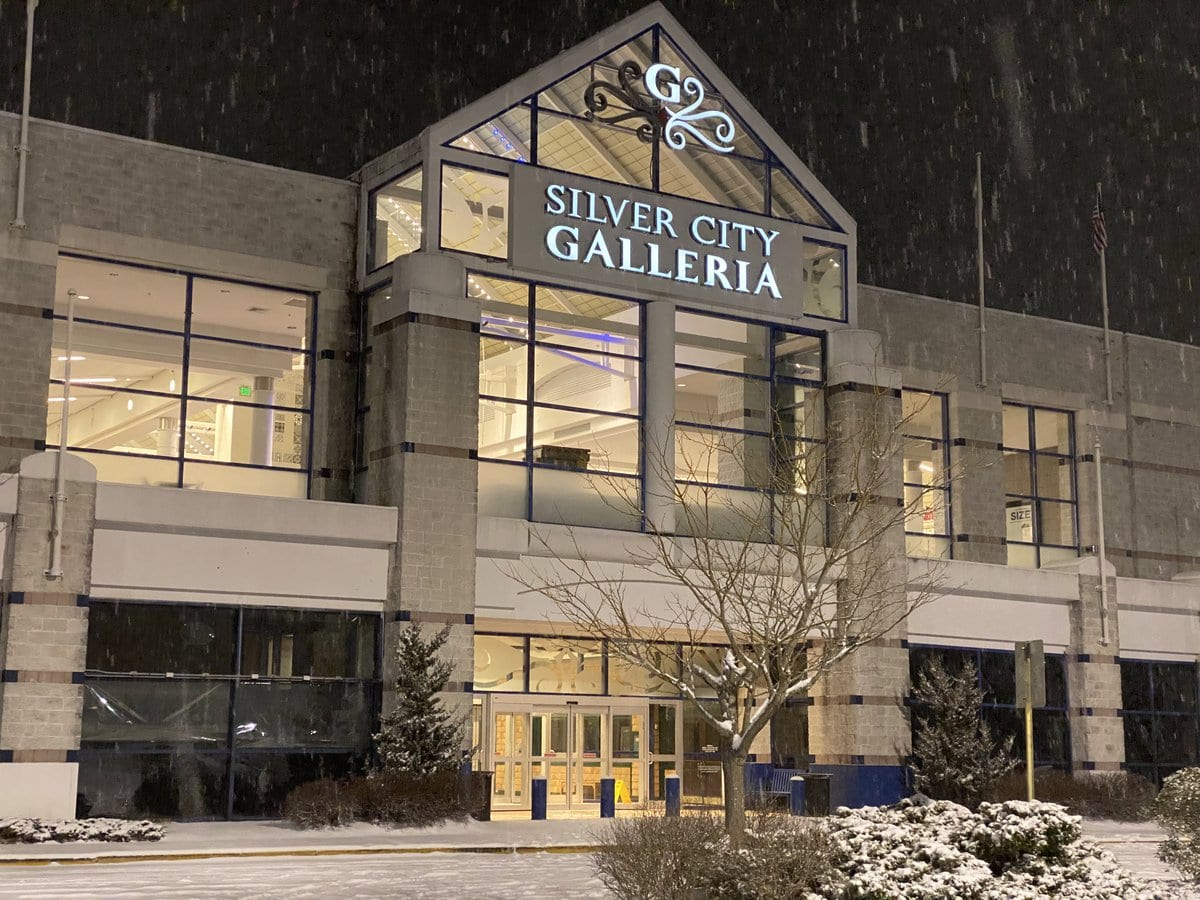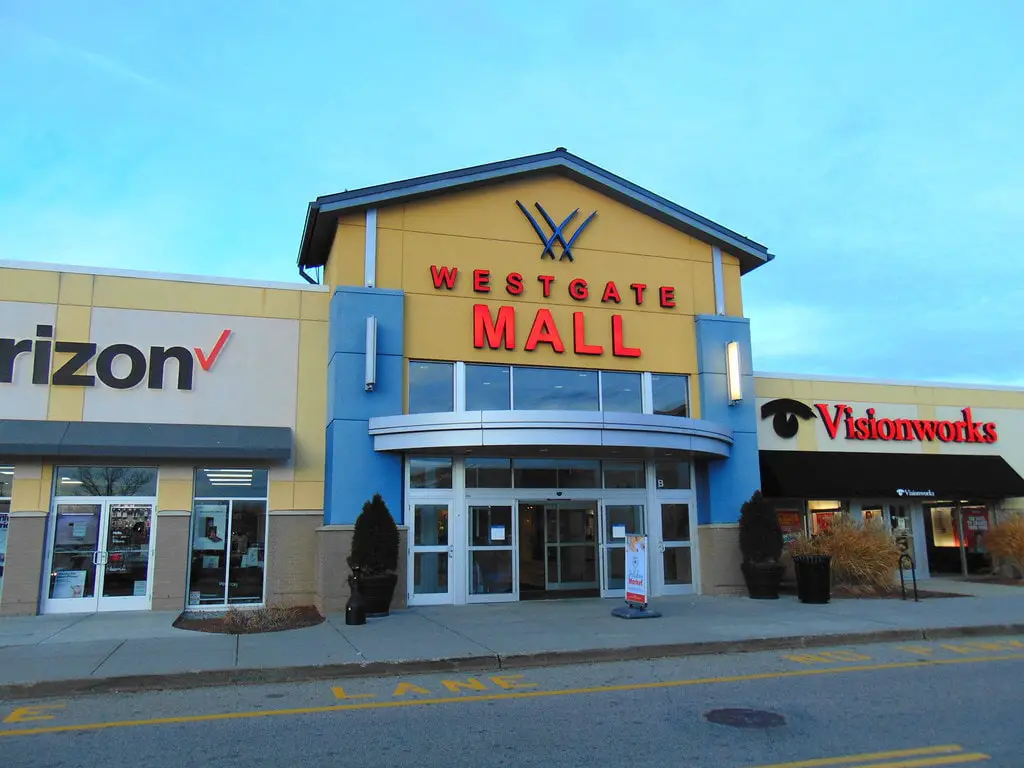Where the Mall Began: Dirt Lot, Drive-In, Double Pheasant
Before it had tile floors, skylights, or the echo of sneakers on polished concrete, the Pheasant Lane Mall site was leveled earth. The drive-in screen stayed up during early construction, still looming above as crews cleared the last brush and poured foundation footings in 1984.
When the mall opened on July 23, 1986, it didn’t just fill a gap in Nashua’s retail map. It pulled in streams of Massachusetts shoppers, funneling them north to avoid sales tax and linger under bright atrium ceilings.
They walked past the old screen where a double-pheasant logo now shimmered. Plenty of people still call that to mind when they park there.
Things to do in Nashua, New Hampshire, often start right there, in the same parking lot where the mall’s story began.
Rezoning, Groundbreaking, and the Launch of a Regional Retail Anchor
In December 1978, Nashua’s Board of Aldermen approved a rezoning request from Yankee Greyhound Inc., clearing the path for a commercial buildout.
The company planned to erect a regional shopping center on the stretch just north of the Massachusetts border, where the F.E. Everett Turnpike and U.S. Route 3 meet.
At the time, the area remained lightly developed.
By early 1984, site control passed to State Properties of New England. That year, excavation began.
Steel was ordered, preliminary grading shaped the parcel, and the project started to resemble the superblock that locals would later navigate by its storefronts and entrances.
The property had previously been used for a drive-in movie theater, and during the mall construction, the old screen was kept in place and repurposed to display a custom-painted pheasant logo.
Pheasant Lane Mall officially opened its doors on July 23, 1986, with anchor stores Sears, JCPenney, Lechmere, and Jordan Marsh.
At the time, there was nothing quite like it in southern New Hampshire. The draw wasn’t only retail – it was frictionless tax laws, wide aisles, and air conditioning at scale.
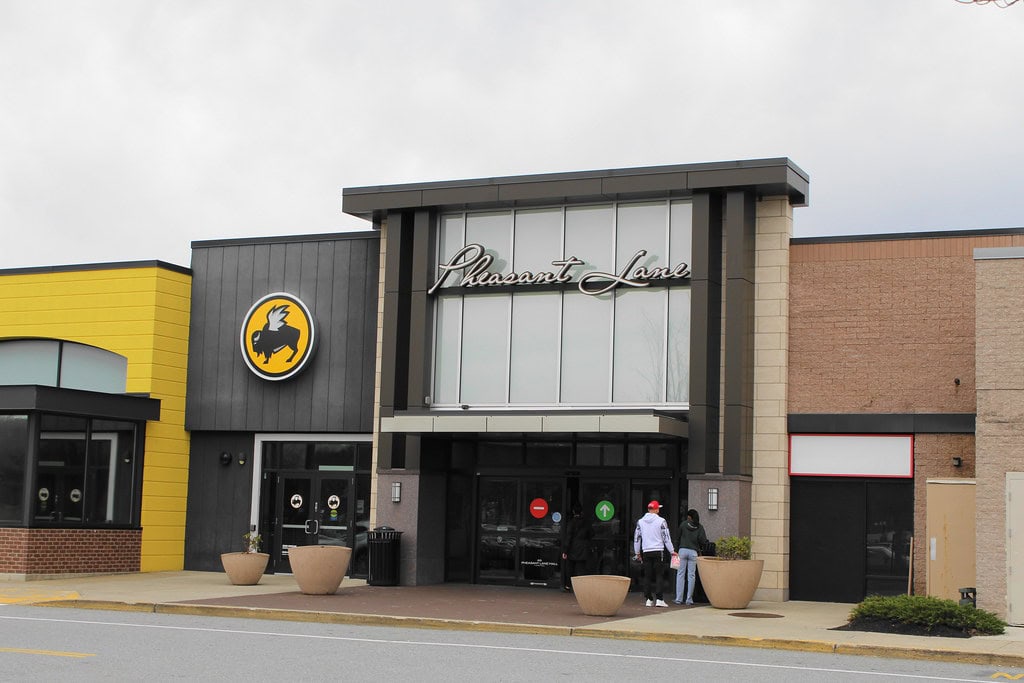
Anchor Tenants and the Rhythm of Retail Expansion
When Pheasant Lane Mall launched, its four anchors weren’t placeholders – they were the draw.
Lechmere and Sears took the longer walls, while Jordan Marsh and JCPenney carved out spots along the spine.
Filene’s arrived in 1993, slipping into the footprint that would later carry the Macy’s sign by 2006.
These brands weren’t clustered by chance. Each storefront was designed to command its own wing, directing traffic into smaller retail nodes. The pacing of those decisions shaped how people moved through the space.
Lechmere closed in 1997. Two years later, Target opened in its place. The shift was more than nameplate-deep.
Lechmere’s hybrid model of consumer electronics and housewares gave way to the all-in-one cart-filler approach of Target.
It brought a fresh floor plan, red fixtures, and a storefront with different sightlines than the one it replaced.
Filene’s operated for thirteen years before it folded into Macy’s. The transition happened in 2006, following the acquisition by Federated Department Stores. The sign changed, but the escalators stayed.
You could still find the tiled mosaic in the upper-level entryway, just past the perfume counter, before the escalator slope pulled your eye toward the ceiling’s light wells.
Capital Investment and Retail Footprint Redesign
By 2011, the bones of the place were still solid, but the finishes told a different story. That spring, Simon Property Group approved a $10 million capital renovation.
The work covered lighting, tile, and expanded seating, but the food court redesign got the most attention.
By September 2012, diners saw new flooring, updated facades, and glass wall panels where metal dividers used to be.
The renovation wasn’t cosmetic only. It also aimed to refresh the tenant mix and open new square footage to national chains.
As part of the 2011 renovation, the former Jordan Marsh space was redeveloped into a 90,000-square-foot Dick’s Sporting Goods, which opened in July.
New restaurants, including Burton’s Grill и Red Robin Gourmet Burgers, filled in high-traffic zones between anchor wings.
The goal wasn’t just about leasing, it was circulation. Better sightlines, fresh lighting grids, and reworked entries kept people moving.
Simon had taken over management from Mills Corporation in 2007, and by the time this renovation launched, they’d secured occupancy rates well above 90 percent.
A decade after the Apple Store opened in 2009, it remained one of the highest-traffic destinations in the building.
Retailers didn’t just fill slots. They adjusted the feel of entire corridors. Each remodel decision pulled foot traffic in one direction or another.
The tiles just made it easier to notice.
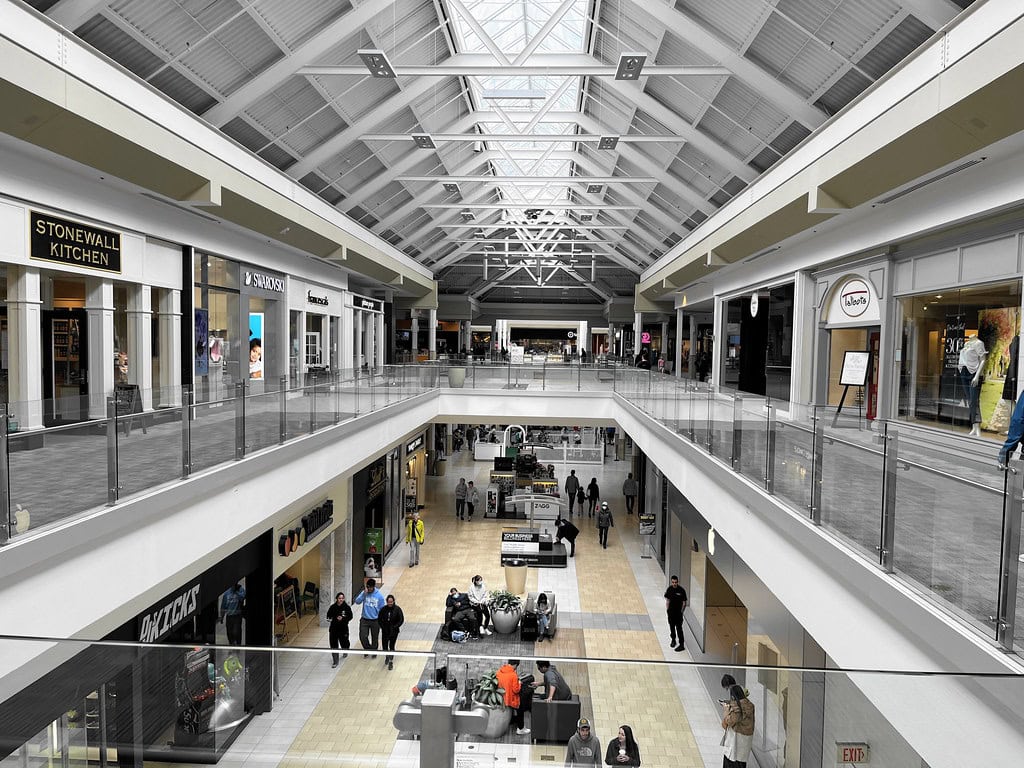
Border Tactics and Property Line Adjustments
The retail strategy here was shaped not by branding, but by tax code. Pheasant Lane Mall sits just above the Massachusetts line, and from the beginning, that boundary dictated more than ZIP codes.
Early plans from the late 1970s envisioned a center split between the states, retail in tax-free New Hampshire, food in lower-tax Massachusetts.
That design didn’t last. By 1986, Massachusetts tax officials made clear: if any store crossed the line, every transaction inside could be taxed.
So the developers redrew. They moved every entrance, hallway, and food stall to the New Hampshire side of the property.
But even then, one corner slipped. JCPenney’s original foundation crossed a few inches into Tyngsborough. The fix wasn’t legal, it was physical.
Crews trimmed that edge into a pentagon, cutting back the square corner to dodge the jurisdiction.
Today, about one-third of the mall’s parking lot and drainage system still fall into Massachusetts. Shoppers leaving Buffalo Wild Wings or the old Sears wing sometimes cross the line without realizing it.
No signs mark the shift. But if you’ve ever parked on that stretch of asphalt and walked in along the sidewalk, you’ve stepped through the edge of a workaround built entirely on where taxes start and stop.
Leisure Retail, Arcades, and the Early 2000s Social Loop
By the time the late 1990s turned into the 2000s, shopping at Pheasant Lane Mall often came with a pause – arcade tokens, cinnamon pretzels, half an hour to kill between errands.
The food court held more than plastic chairs and fast meals. In one corner, near the original Dream Machine arcade, screens flashed and tickets spat out to the sound of coin trays and electronic chimes.
Dream Machine operated inside the mall until around 2002. It was small, but steady, anchored between the food court and a short hall that once led to a discount book outlet.
The exact closure date isn’t documented, but its absence was noticed online by locals by 2003.
For years after, the power outlets and game cabinet scuff marks still lingered on the tile.
Borders Express held the corner for a while too, somewhere near the old arcade footprint. That storefront ran through much of the early 2000s, closing around 2009. Its walls were filled with discount bestsellers and paperback endcaps.
If you walked past the main concourse escalators, past the Hallmark and around the bend, you’d spot its red logo tucked into the curve just before the pretzel cart.
A quiet bookmark between chain anchors.
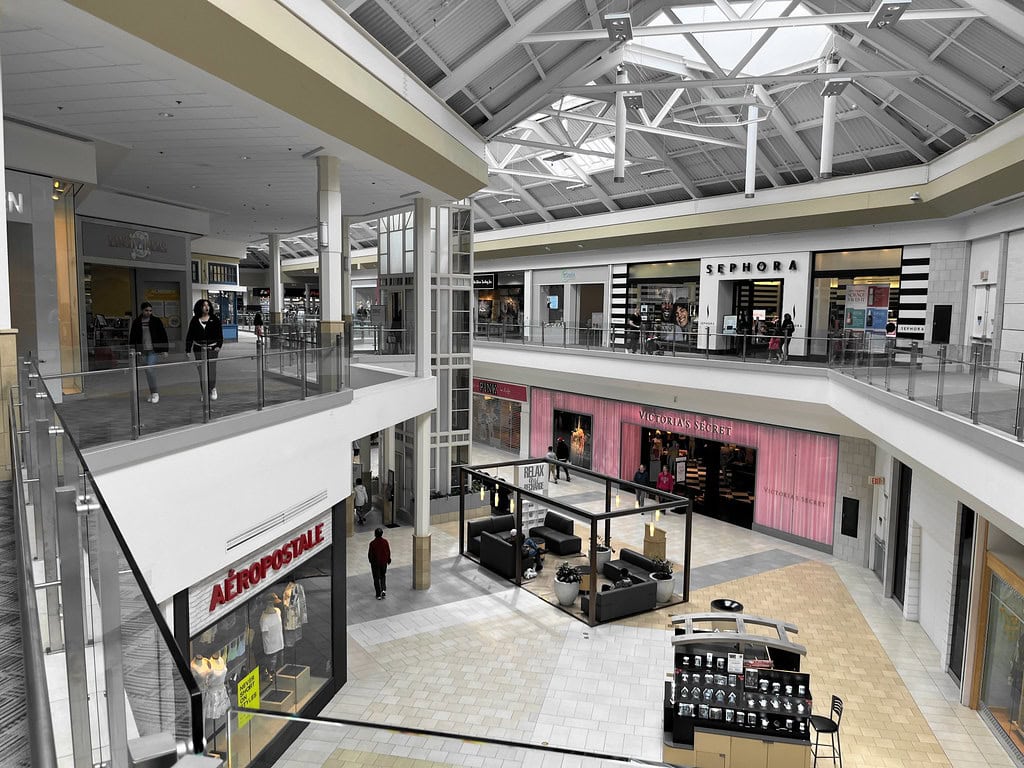
Retail Decline and Adaptive Reuse in the Post-Sears Era
Sears closed its Pheasant Lane Mall location on February 2, 2020. The decision came after years of steady contraction, following the property’s 2015 transfer to Seritage Growth Properties.
By 2022, the site sat empty. Then, in December of that year, Atlantic Capital Partners brokered a sale to ECL Entertainment, shifting the parcel into the hands of gaming developers.
In September 2023, Nashua’s planning board approved a proposal to convert the former Sears into a gaming venue.
The plan was deliberate: 130,000 square feet of redesigned interior space, housing historical horse racing machines, table games, a DraftKings sportsbook, and a Topgolf Swing Suite.
In July 2024, ECL publicly named it The Nash Casino.
Four job fairs ran that fall, targeting local dealers, support staff, and hospitality workers. On March 5, 2025, The Nash opened for daily business.
It now runs from 9 am to 2 am on weekdays, closing at 4 am Friday and Saturday. Its nonprofit payout model projects $24 million per year to New Hampshire charities.
The casino may sit inside a mall, but its footprint, traffic flow, and clientele differ entirely from what filled that same structure when Sears opened in 1986 with floor-to-ceiling mirror columns near its escalators.

🍀

